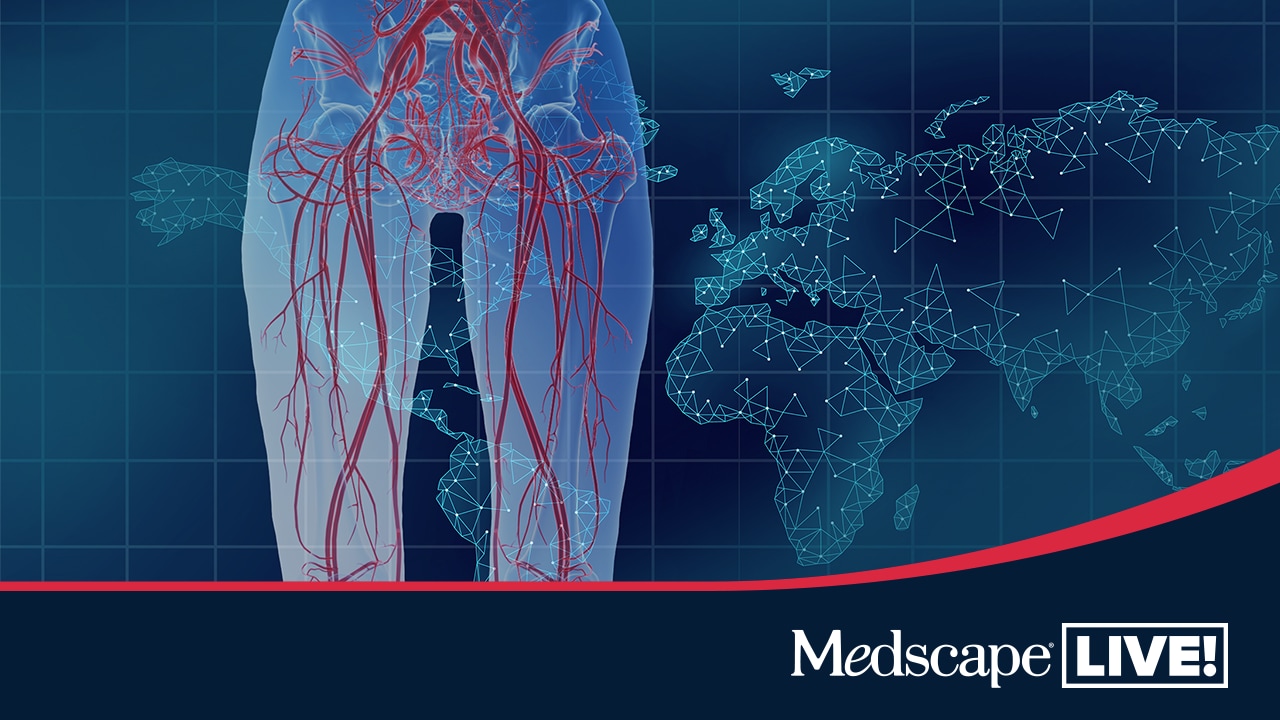Abstract and Introduction
Abstract
Background: The objective of this study was to investigate the surgical repair techniques and the outcomes of sciatic nerve injuries in traumatic wounds.
Methods: A literature search was conducted using the following keywords:
sciatic, nerve, repair, technique, conduit, graft, reconstruction, outcome, rehabilitation, recovery, function, surgery, and NOT anesthesia.
Results: In total, 715 studies were retrieved. After abstract review, 13 articles fit the criteria. A total of 2627 repairs were carried out, including nerve grafts (n = 953), suture (n = 482), and neurolysis (n = 1192). Six studies reported good motor outcome, and good sensory outcome was reported across 2 studies. The thigh region accounted for 81.5% of lesions. Sciatic, peroneal, and tibial nerves were all equally affected. Gunshot wounds were the most common mechanism of injury (22.6%).
Conclusions: The cumulative evidence demonstrates sciatic nerve injury repair has poor motor and sensory outcomes. This study shows there is a lack of standardized outcome measures, making comparisons very difficult. Graft lengths of <4 cm within the intermediate region yielded more successful outcomes. Further higher quality studies of nerve transfers in the lower limbs are needed to determine the optimal repair to restore sciatic nerve function.
Introduction
The sciatic nerve is the largest nerve in the human body (approximately 2 cm in diameter)[1] formed by the amalgamation of the lumbar roots L4 and L5, sacral roots S1 to S3, and spinal nerve roots.[2] Originating in the buttock region, it descends posteriorly along the thigh, providing motor innervation to the hamstring muscles and adductor magnus.[3] At the apex of the popliteal fossa, it bifurcates medially and laterally to form the tibial and common peroneal nerve, respectively.[4] Damage to the nerve leads to various degrees of sensorimotor deficit defined by the anatomical level of injury. Sensory symptoms include numbness, paraesthesia, and allodynia of the lower extremities.[5] Motor symptoms include weakness and paralysis in the associated muscles.[4,6]
The tibial nerve and its branches provide sensory and motor innervation to the posterior compartment of the leg, foot, and sole muscles;[7] damage to this nerve can result in loss or weakening of plantar flexion, toe flexion, and ankle inversion.[7,8] The common peroneal nerve innervates the lateral compartment of the leg and foot; as this nerve wraps around the neck of the fibula, its injury can result in loss of dorsiflexion and foot drop.[8]
Sciatic nerve injuries are most commonly seen in war/combat-related injuries, with the literature describing peripheral nerve injuries associated with as many as 30% of combat-related injuries.[9,10] These include penetrating mechanisms, such as blast shrapnel, gunshot wounds, or bone fragments/fractures as the secondary injury mechanism after explosions.[11] In addition, due to the diameter, length, and regeneration distance of the nerve, repairs lead to significant challenges and dilemmas. Ultimately, for these reasons, many studies have illustrated poor functional outcomes and high complication rates following sciatic nerve repair in both civilian and military practices.
Axonal regeneration occurs exclusively in peripheral nerves. Wallerian degeneration occurs at the distal axonal stump, and growth cone formation occurs at the proximal axonal stump.[12,13] In complete nerve transections, this recovery process can be hindered by neuroma formation. Incomplete regeneration requires appropriate treatment to avoid permanent muscle atrophy and functional loss.[14]
Surgical repair aims to reestablish continuity between the proximal and distal nerve stumps to restore innervation of end target receptors.[15] Sciatic nerve injuries are commonly repaired directly or reconstructed with autologous nerve grafts along with neurolysis. Direct (end-to-end) repair is exclusively performed when the gap is short and tension-free repair is possible.[15,16] This is accomplished by approximating the ends with tissue-fibrin glue or by coapting the epineurium with sutures.[17] On the other hand, nerve grafts are required when the gap is too extensive to allow tension-free repair. The sural nerve is the most common donor nerve used.[18] Neurolysis aims to removes scar tissue between the fascicles (internal neurolysis) or from around the nerve (external neurolysis). Surgical neurolysis involves dissection and exploration of a damaged nerve with the goal of freeing the nerve from local tissue restrictions or adhesions. Additionally, multilevel segmental injuries may require a combination of techniques.
Evaluating patient outcomes following nerve repair using valid outcome measure tools is essential as it provides important feedback on results of sensorimotor recovery and function. A scale proposed by the Medical Research Council (MRC) is used to measure the strength of the individual muscle groups.[19] The MRC scale (Table 2) grades muscle power on a scale from 0 to 5.[20] There are also modified versions of the MRC scale, such as the Louisiana State University Health Sciences Centre (LSUMC) muscle grading system.[21]
Injury to the sciatic nerve is a challenging and devastating complication of lower extremity trauma. Due to the large regeneration distances, many patients are often left with incomplete functional recovery even after successful surgical repair.[22] Indeed, outcomes have improved significantly over the last few decades due to advances in microsurgery; however, the current literature on sciatic nerve repairs, results, and follow-up assessment is scarce. This review aims to summarize the current literature on surgical repair techniques and the motor and sensory outcomes following sciatic nerve injuries.
ePlasty. 2023;23(e42) © 2023 HMP Communications, LLC




















